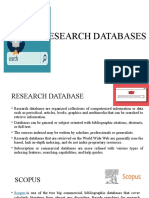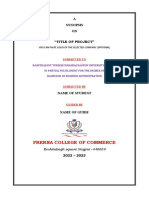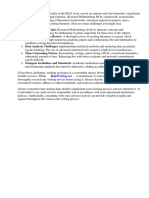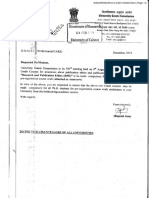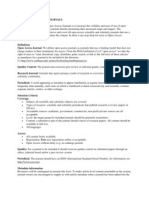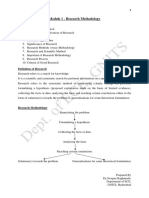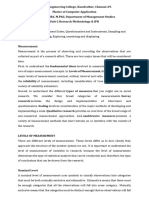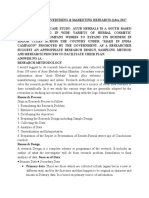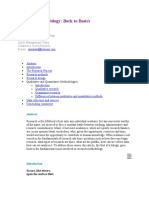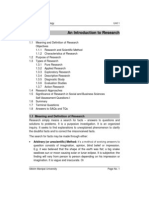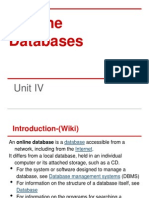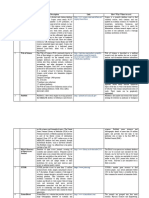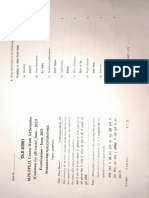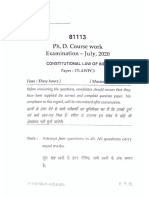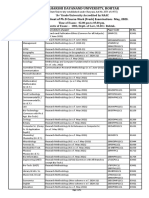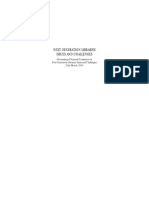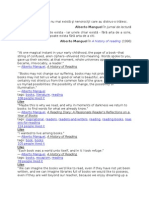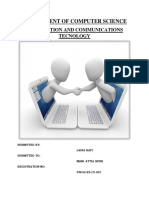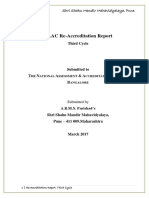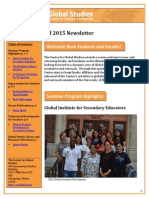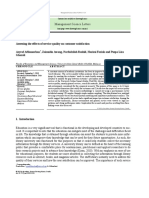0% found this document useful (0 votes)
337 views24 pagesUnit 3 - Databases PDF
This document discusses online databases. It describes databases as organized collections of electronic data that can be searched. It outlines different types of databases including full-text, reference, numeric, and multimedia databases. The document also discusses citation databases and indexing and abstracting databases. Important databases mentioned include Science Direct, Medline, Scopus, Web of Science, NDLTD and Shodhganga.
Uploaded by
YakubCopyright
© © All Rights Reserved
We take content rights seriously. If you suspect this is your content, claim it here.
Available Formats
Download as PDF, TXT or read online on Scribd
0% found this document useful (0 votes)
337 views24 pagesUnit 3 - Databases PDF
This document discusses online databases. It describes databases as organized collections of electronic data that can be searched. It outlines different types of databases including full-text, reference, numeric, and multimedia databases. The document also discusses citation databases and indexing and abstracting databases. Important databases mentioned include Science Direct, Medline, Scopus, Web of Science, NDLTD and Shodhganga.
Uploaded by
YakubCopyright
© © All Rights Reserved
We take content rights seriously. If you suspect this is your content, claim it here.
Available Formats
Download as PDF, TXT or read online on Scribd
/ 24

